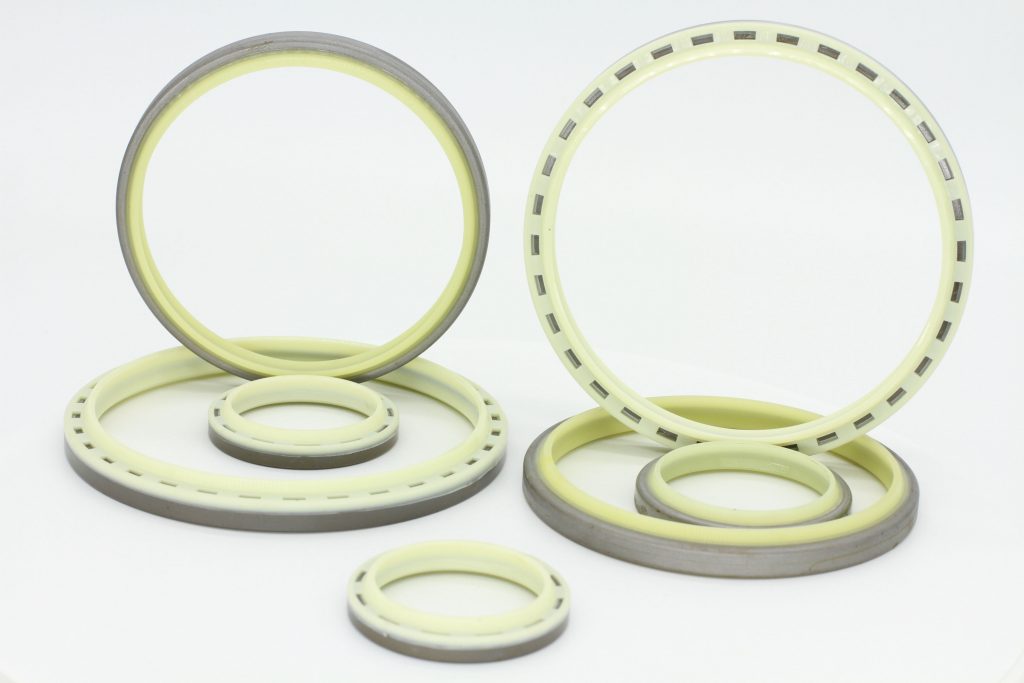Hydraulic Seal Usage Tips
Hydraulic seals are a crucial component for any hydraulic system as they maintain the internal pressure and prevent fluid from leaking. However, they are also one of the primary reasons for hydraulic system failure. Here are some useful tips for using hydraulic seals that can help you avoid common problems and optimize system performance.
Choose the Right Seal
Before selecting a seal, identify the fluid being used, the pressure, temperature, and the system’s working environment. Based on the results, choose a seal that is perfect for your system. Just because a seal fits the equipment doesn’t mean it will function adequately.
Proper Installation
Proper installation is key to ensuring that the seal works effectively. Make sure you clean the seal housing before installation, as any dirt or debris can cause leakage and failure of the seal. You must also lubricate it with hydraulic oil before installing it.

Correct Storage
Hydraulic seals must be stored correctly before installation/deployment. Store them in a clean, dry and cool environment to avoid exposure to heat, moisture, and light. Additionally, handle them correctly to avoid causing damage.
Avoid Overworking the System
Overuse or extended use of hydraulic systems can cause wear and tear of the system’s components, including the seal. Avoid overworking the system by reducing the system’s pressure, temperature, and speed of operation. Reducing the system’s load can prolong the service life of the seal.
Regular Maintenance
Regular maintenance is essential in ensuring the long-lasting efficiency and durability of your hydraulic seals. Periodic replacement of worn-out seals is necessary to avoid unexpected breakdowns, equipment failure, and safety risks. It is recommendable to conduct regular maintenance checks by qualified personnel, lubricating seals with the recommended hydraulic oils and cleaning them if needed.
Monitoring for Leaks
Monitoring hydraulic seals for leaks and addressing the issue immediately is a crucial aspect of hydraulic system maintenance. Even small leaks can lead to significant damage to the system. When checking for leaks, look and smell for oil or fluid around the seal. In case of a leak, take measures to replace the seal as soon as possible.
Hydraulic seals are critical components and play an essential role in the performance of hydraulic systems. By carefully selecting the right type of seal, properly installing it, storing it correctly, avoiding overworking the system, conducting regular maintenance, and monitoring for leaks, you can ensure the optimal performance, reliability, and safety of your system.
